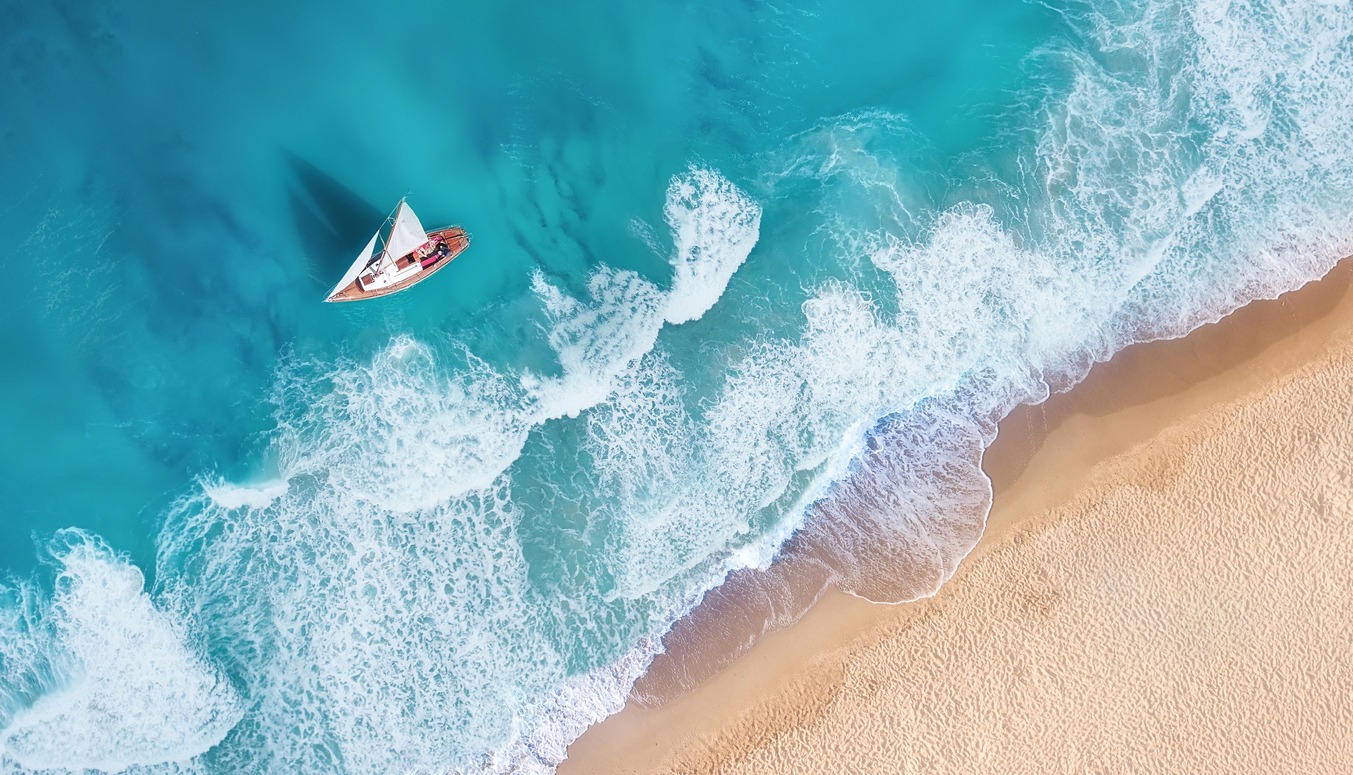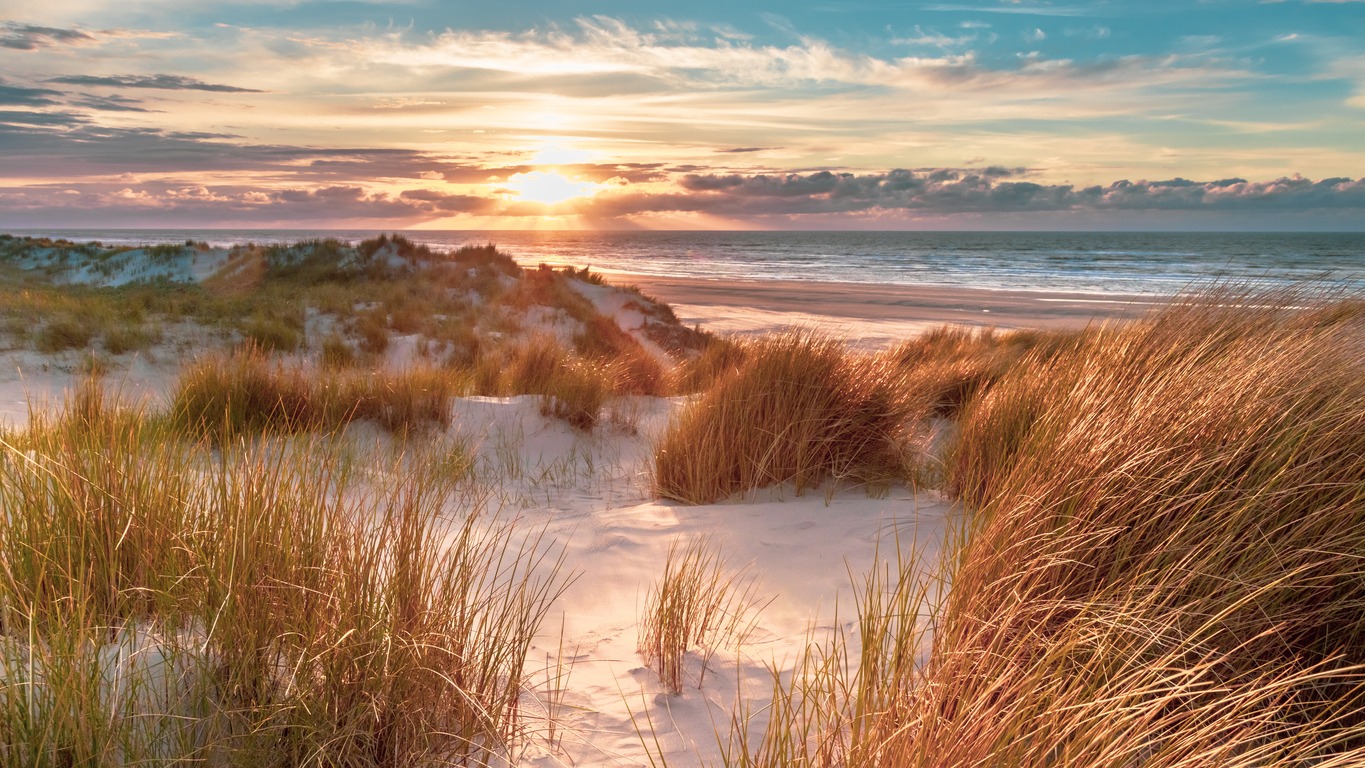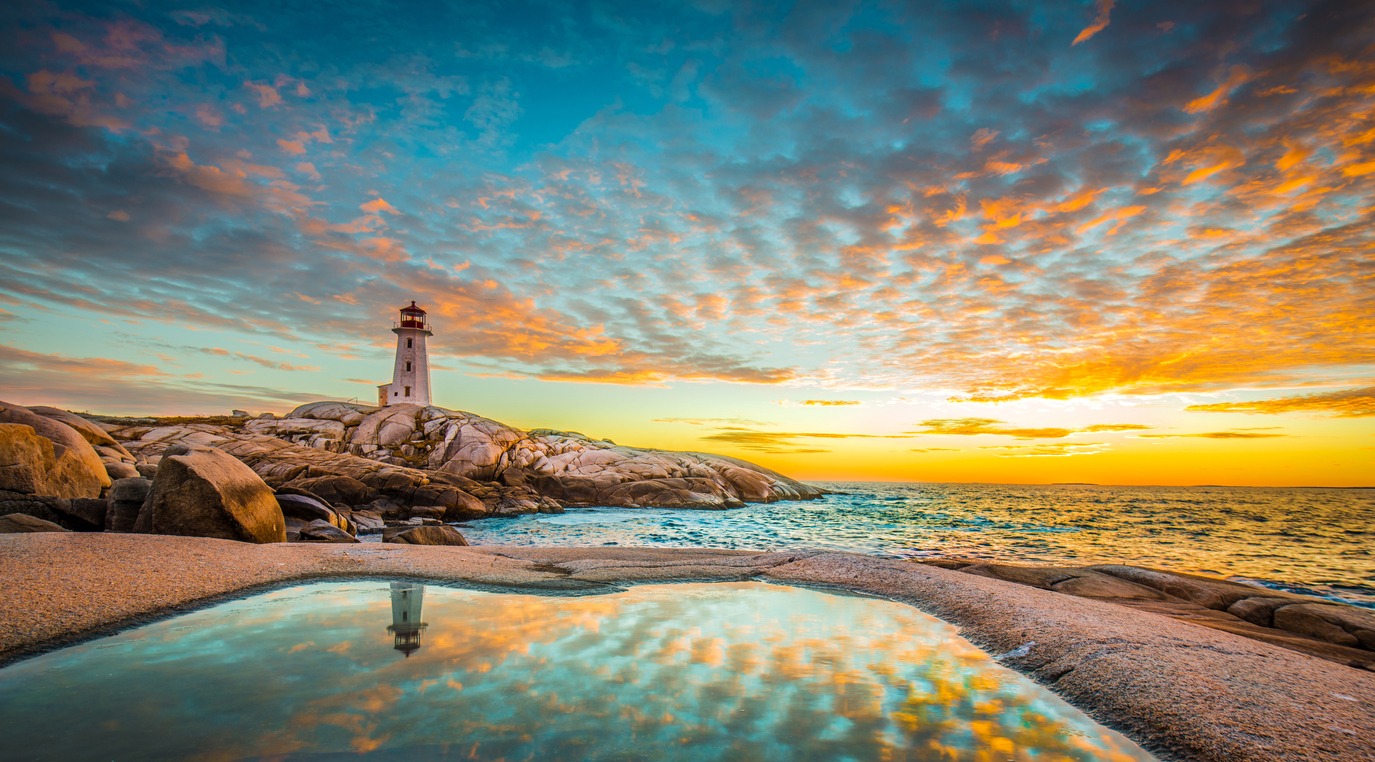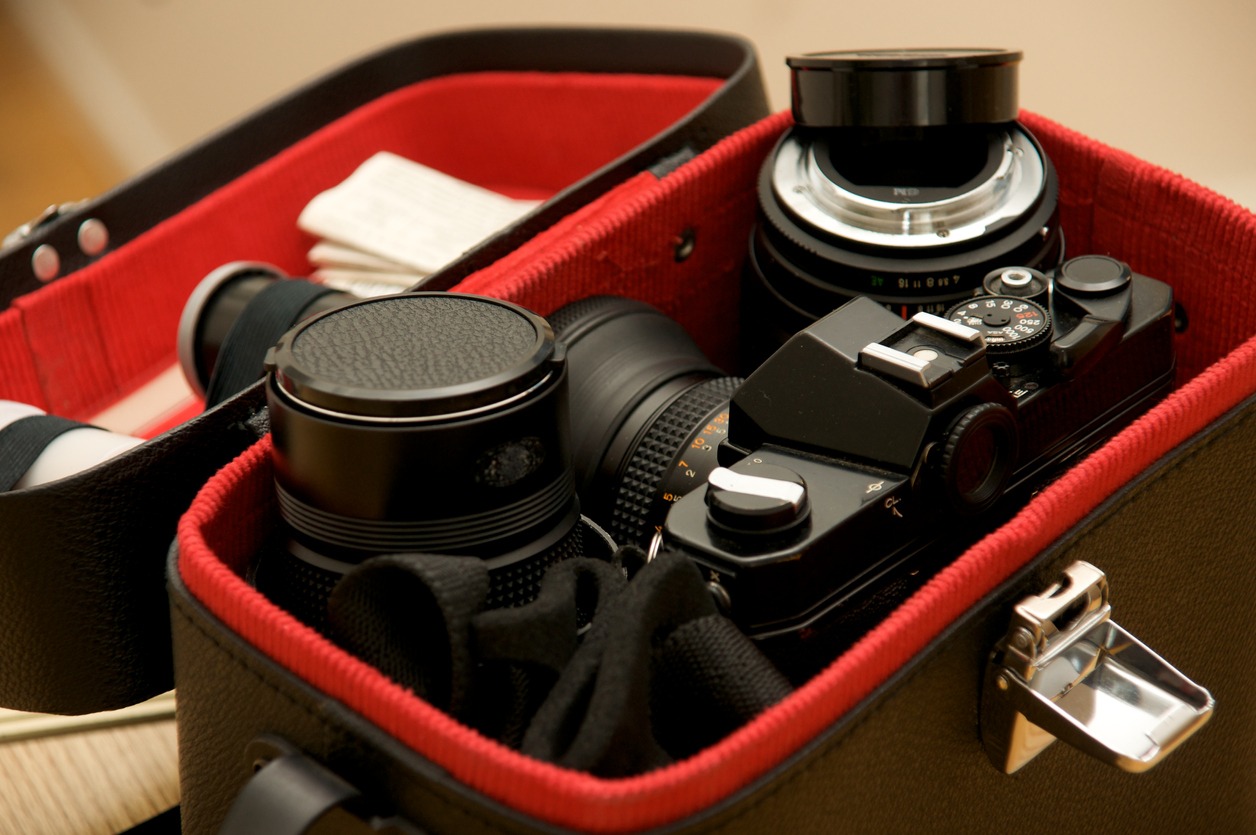Intro
Of the many places that make for great photography opportunities, the sea has to be up there amongst the top. Something about a mind-bogglingly large quantity of water teeming with life and looking super pretty regardless of time of day is really enchanting, and so are the pictures of it. But simply strolling down to the beach and snapping a few shots with your phone isn’t the best way to go about photographing the seascape if you really want the best photos possible. So, how do you take excellent seascape photos? That’s exactly what we are going to cover below.
Use A Professional Camera
There’s no doubt about the fact that flagship phones nowadays come equipped with pretty good cameras. But there is a reason professional cameras are still around. Which type of camera or brand you go for depends entirely on you and your needs. Using a professional camera means not only can you capture detailed and vibrant photos; you can also shoot in RAW format and have the entire raw image available to you later for editing on a computer. However, owning such a camera is not enough. You also need to familiarize yourself with the basics of professional photography and learn about lighting, angles, and the various modes on your camera.
Composition Matters
The composition of your shot matters a lot, which includes how your photo is composed, what it is composed of and what subjects are supposed to draw the viewer’s attention. All these factors matter when taking a photograph of anything, let alone something as ambitious as the sea. You will likely develop good composition skills over time with practice, but until then keep experimenting and judging what works and what doesn’t.
The Waiting Game
Just like interesting composition, another important aspect of photography is waiting for something exciting or worth photographing to happen. Such is also the case when taking photos of the sea. If you take a random photo of the sea, it becomes an average photograph that has millions of clones around the internet, because the sea is usually very uniform and predictable. What this means is that you will have to keep an eye out or plan your shots and time them correctly to capture something truly extraordinary.
Capture the Reflections
You know what the sea is? A giant body of water. You know what water does really well? Reflections. Reflections, when presented tastefully, can really enhance a photo of a seascape. Be it reflections of the sky, surrounding cliffs, the city skyline, a boat, or simply the sun, reflections can really make your photo pop. Don’t be afraid to experiment and play around with reflections and you might end up capturing a stunning moment.
Learn to Use the Shutter Speed
Learning to use the shutter of your camera is very important for taking good photographs. A slow shutter speed means long exposure times and a photo where waves will blend into each other and create an almost flat surface on the sea. That’s why a fast shutter speed (resulting in a short exposure time) is recommended for properly capturing wave motion. What shutter speed you choose depends on what you are photographing and what kind of photo you’re aiming for. Experiment with different shutter speeds to find out which one gives you the best results.
Protect Your Gear
Moisture, humidity and salts can kill electronics. The sea can be merciless to your photography gear. Remember to take your equipment to the sea in weatherproof bags and minimize its exposure to moisture, wind and sand. If possible, purchase equipment built to withstand harsh weather so you’re insured against damage.
Conclusion
With some careful planning and a little bit of practice, anyone can photograph the sea like a pro in no time. If you think what’s beneath the ocean surface is just as interesting as what’s above it, give our ultimate guide to underwater photography a look. Also check out the essentials for underwater photography before you leave.




